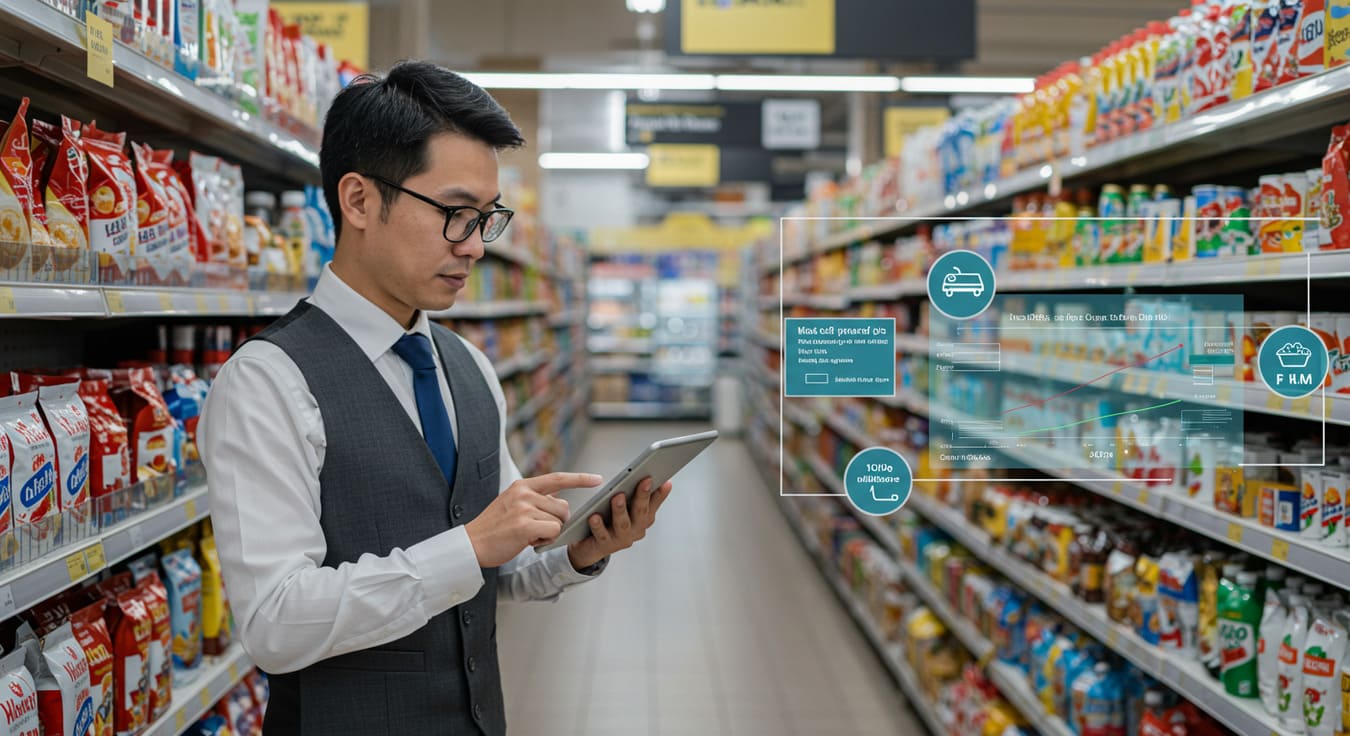Marktonderzoek naar de klantreis

How do companies know what their customers want?
The best way to figure it out is to get into the customer’s mind. The Customer Journey is like a roadmap. It explores how the customer becomes interested in a brand and shows their interactions with it. The Customer Journey is defined as the set of experiences that customers go through when interacting with a company and brand.
Why is the Customer Journey So Complex?
How consumers relate to brands started to change over the last five years. Mobile, social media, and other new digital channels have been influential. As a result, the path to purchase is no longer a linear progression. In the past, it went from consideration to identification through information gathering, with the last stop being the decision to buy. However, the rise of digital technology has transformed the way people learn about and interact with brands.
The Path to Purchase also used to guide marketing plans and strategies. The modern Customer Journey is now more complicated with the emergence of social media. Smartphones, the Internet of Things (IoT) and connected media also contribute to the complexity of the Customer Journey. The devices on consumers’ wrists and in their pockets have conditioned them. Consumers increasingly expect brands to produce the desired results – the moment they want them. The brand becomes more focused on relationships rather than transactions. Customer Journeys provide a framework to build the bond between brand and consumer.
Path to Purchase

The Customer Journey and the path to purchase have similarities and differences. The path to purchase refers to a sequence of channels that consumers use to make a purchase. The Customer Journey is the experience consumers have when buying an item from a brand.
Shopper Insights
Businesses benefit when they understand the opportunities and threats of today’s Customer Journey. They must also recognize shoppers’ behavior as they interact with their brand in-store or online. Customer loyalty strategies can help boost profitability, raise engagement and customer retention. These benefits include increased repeat visits and growth of the consumer base. Another benefit is the boost in average transactional values. Ultimately optimizing the Customer Journey can lead to exceptional customer experiences, customer loyalty and profitability.
Retail Intelligence tools have more precision than ever. They enable stores to delight consumers with fantastic customer service and in-store experiences. For example, progressive sellers can do more than examine customer data. They can also use the intelligence tools to prepare store managers. The managers will then be able to plan jobs. Planning also allows them to arrange sales activity. They can also assign responsibilities based on expected website visits.
Targeted and tailored brand messages have become the norm. Today’s savvy customers not only prefer but also expect them. Still, there’s a catch to using customer data to deliver service. Few buyers want retailers to know their current location. Even fewer want to share their browsing history. Consumers are reluctant to disclose all their details. Still, they want targeted deals. Companies can “map” their Customer Journeys to ease this reluctance. Customer mapping is helpful for visualizing multiple touchpoints and digging deep into customers’ experiences with a brand.
B2B Customer Journey
Customer Journey Mapping for B2B customers involves segmenting them. Marketers base these classifications on what makes B2B customers different such as age and geography. Businesses also map their B2B Customer Journeys based on needs and behaviors. They then detail all the customer touchpoints with their company. The last step is to record the customer responses to these touchpoints.
B2B companies can stay ahead of the customer by understanding the opportunities and obstacles in the Customer Journey. This understanding can help them create a great experience and build quality products and services. Building a B2B Customer Journey is like creating one for a retail business. It starts with knowing the customer and how they research and make purchases. Once companies understand the journey, they can offer customized service, provide consistent messaging, and delight their customers.
Over SIS
SIS has over 40+ years’ experience in Customer Research. Customer Journey Market Research allows companies to identify opportunities and weaknesses in order to boost revenue and satisfaction. We conduct Qualitative Research, Quantitative Research and Strategy Research that helps companies to understand that rapidly changing Customer Journey. Key methods include Digital Online Communities, Video Interviews, Focus Groups, Customer Interviews, Surveys and Competitive Analysis.
Onze vestigingslocatie in New York
11 E 22nd Street, 2e verdieping, New York, NY 10010 T: +1(212) 505-6805
Over SIS Internationaal
SIS Internationaal biedt kwantitatief, kwalitatief en strategisch onderzoek. Wij bieden data, tools, strategieën, rapporten en inzichten voor besluitvorming. Wij voeren ook interviews, enquêtes, focusgroepen en andere marktonderzoeksmethoden en -benaderingen uit. Neem contact met ons op voor uw volgende marktonderzoeksproject.


